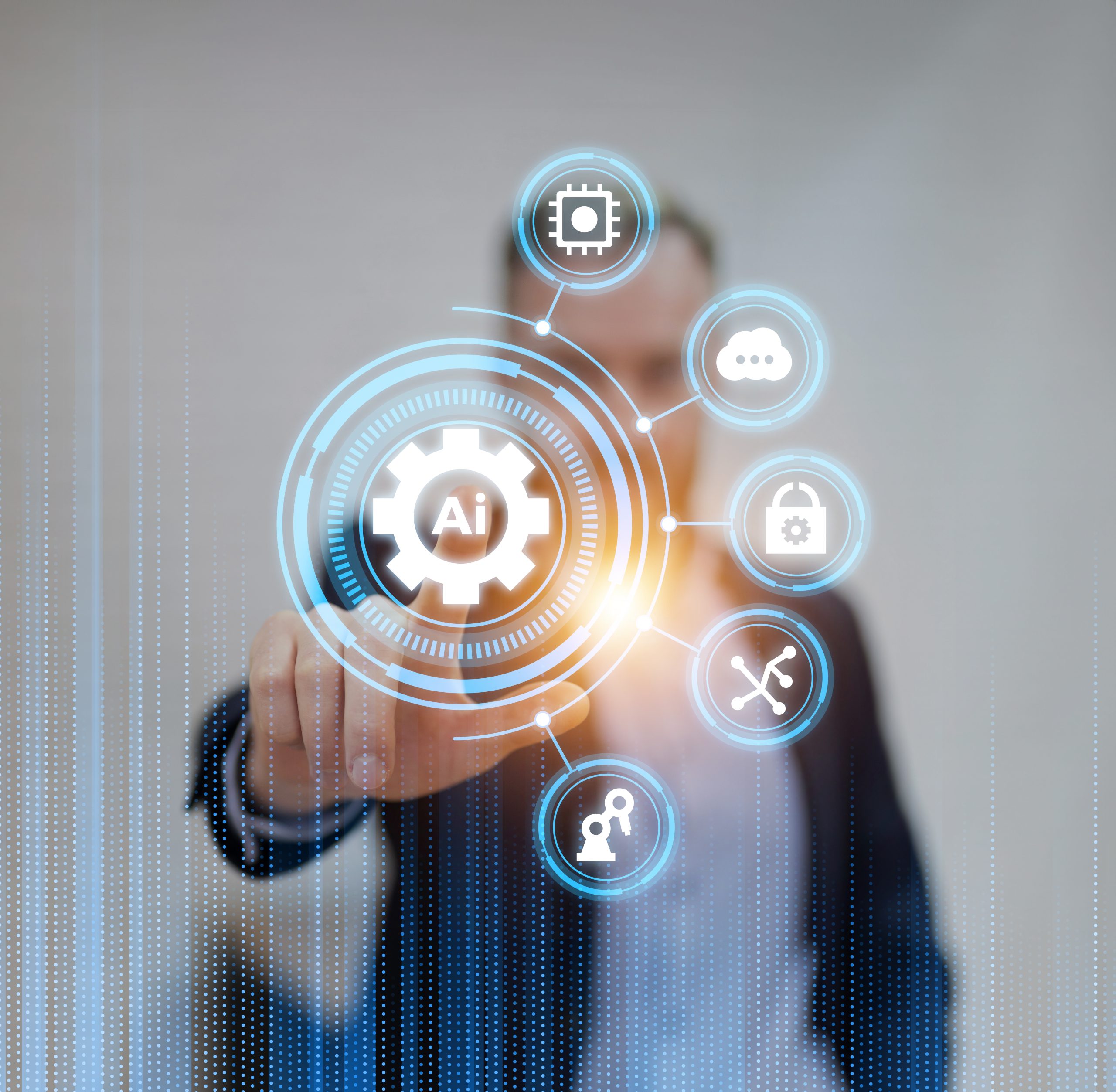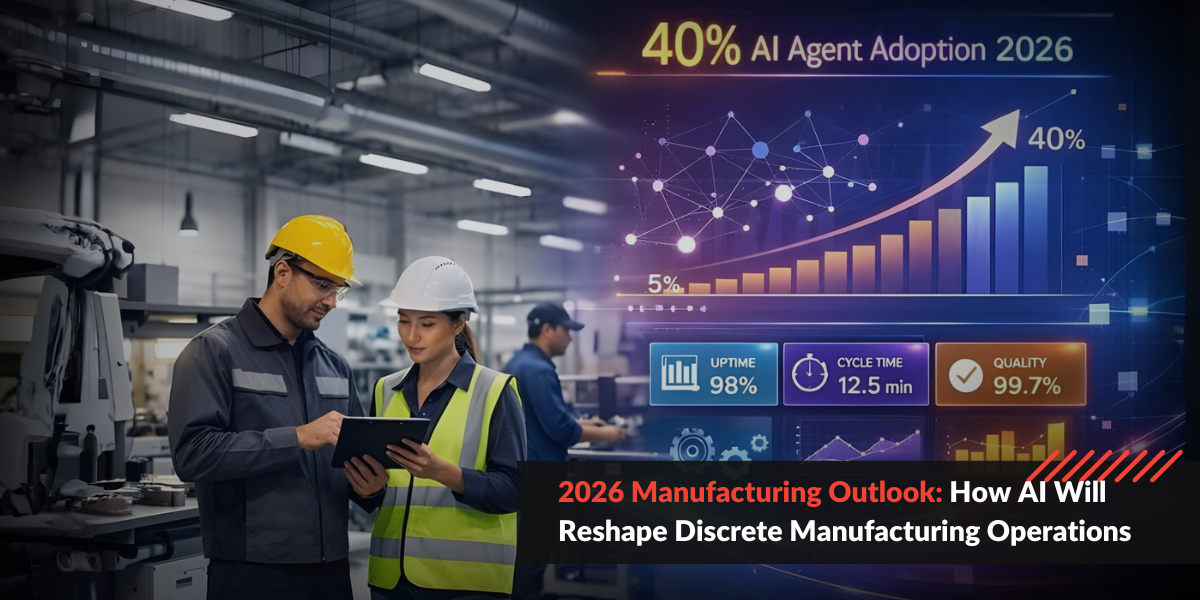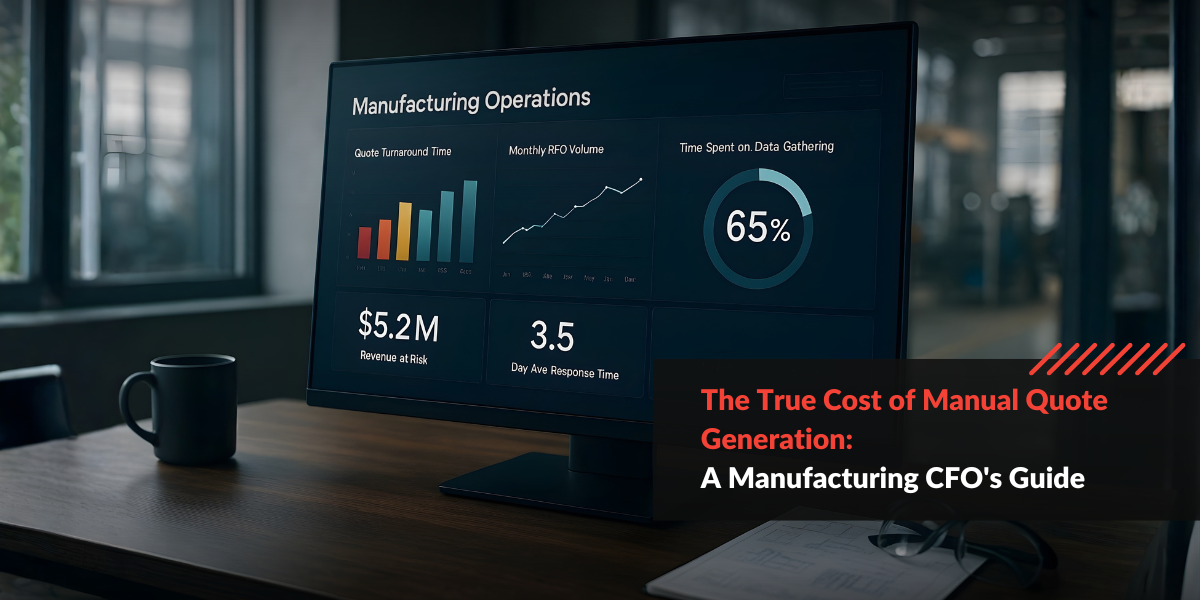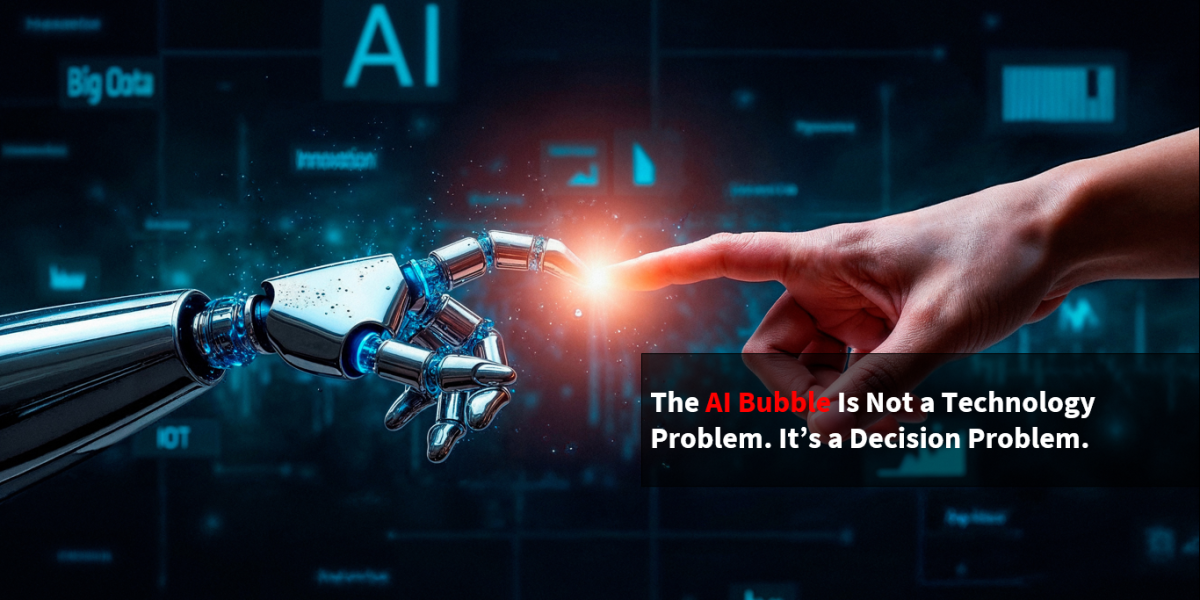The next generation of automation – hyperautomation is all set to take enterprises by storm and is a key factor in digital transformation for a greater edge. It entails the combination of RPA (Robotic Process Automation) and AI (Artificial Intelligence) for a new level of end-to-end process automation. This combination of RPA and AI is also called Intelligent Process Automation (IPA). Research by Gartner indicates that by 2022, 65% of organizations will introduce IPA that leverages Machine Learning (ML) and Natural Language Processing (NLP). Moreover, hyperautomation is the top trend listed in Gartner’s Top 10 Strategic Trends for 2020.
Automation has been steadily rising in modern enterprises over the several decade improving process efficiency and minimizing manual effort. Traditionally this has been in the form of RPA and it was applicable across a range of industries. The advent of hyperautomation opens exciting possibilities that have greater capabilities than its individual components and widens the ability to tackle and solve complex challenges.
RPA has been an important stepping stone that led to hyperautomation. Before RPA, automation for enterprises required complex code. RPA bots made it much easier to implement and adopt automation as they are capable of mimicking human action and working across various applications that are common in enterprises. RPA essentially connects systems including legacy systems in an enterprise.
While RPA could only automate fairly simple tasks with structured data and predefined rules, hyperautomation offers more advanced solutions. Its AI component enables it to process unstructured digital data with ease and the combination of RPA and AI, IPA, drives automated workflows and processes across departments, eliminating silos. Hyperautomation for enterprises provides more advanced capabilities for process automation at scale.
Hyperautomation Technology
Hyperautomation leverages a range of technology to drive increasing levels of automation for more complex tasks at scale. The combination of these technologies is known as hyperautomation or IPA.
- Robotic Process Automation (RPA)
- Artificial Intelligence (AI)
- Machine Learning (ML)
- Natural Language Processing (NLP)
5 Key Aspects of Hyperautomation:
- Wider Scope
With hyperautomation, the scope of automation changes from simple, rule-based repetitive tasks to processes that are more complex and long-term. Businesses can achieve more through end-to-end automation that drives better business outcomes.
- Evolving Technology
The technologies that enable hyperautomation will continue to evolve to support a multitude of business requirements. This will entail incorporation of advancements in ML and NLP. The latter will drive more intuitive, fluid interactions with human employees without the need for any specialist knowledge.
- Greater Agility
Organizations will need better agility to seize new opportunities in the market and respond to threats. Given the evolution of technology, speed will be of the essence, and hyperautomation that can respond quickly or provide real-time information for informed decision-making is essential.
- Cross-functional Automation
With hyperautomation, cross-functional initiatives and integration will be necessary for end-to-end automation. This will necessitate departmental tools and integration of these tools in process automation.
- Workforce Engagement
Contrary to popular opinion, hyperautomation will augment human employees instead of replacing them. For maximum value from hyperautomation, the enterprise workforce must be educated and fully engaged with this technology for optimal synergy.
Modern enterprises must leverage the innovation of hyperautomation as part of their Digital Transformation strategy for a competitive edge. This is the next step from the previous era of mere RPA.
Hyperautomation will break the traditional barrier on automation capabilities of organizations. It harnesses multiple technologies with both RPA and AI for Intelligent Process Automation (IPA) that supports strategic-level business objectives and automation of complex processes from end-to-end. It will span cross-functional boundaries and drive automation of processes that were previously entrusted to domain experts. The ability to self-learn and continuous learning and improvement drive steady improvements. Intelligent processes that are adaptive will automatically select the best course of action for an optimal outcome.
You can learn more about the steadily growing range of IPA automation opportunities – 9 Areas That Are Adopting Intelligent Automation for Typical Business Processes.
If your company is on its first foray into AI, these Pointers for Your First AI Project can help guide you to success.
If you’d like to explore opportunities for IPA and hyperautomation for your enterprise, the Rapid Acceleration Partners team would be glad to help. Our next-gen, AI-powered content intelligence platform RAPFlow enables full lifecycle AI orchestration on a single platform. When used in tandem with our RPA tool RAPBot, it provides end-to-end process hyperautomation capabilities that can be deployed in just weeks. You can even build your own use case and the platform can easily integrate with your existing systems. Book a demo to get a more detailed understanding of how our products can transform your business.




